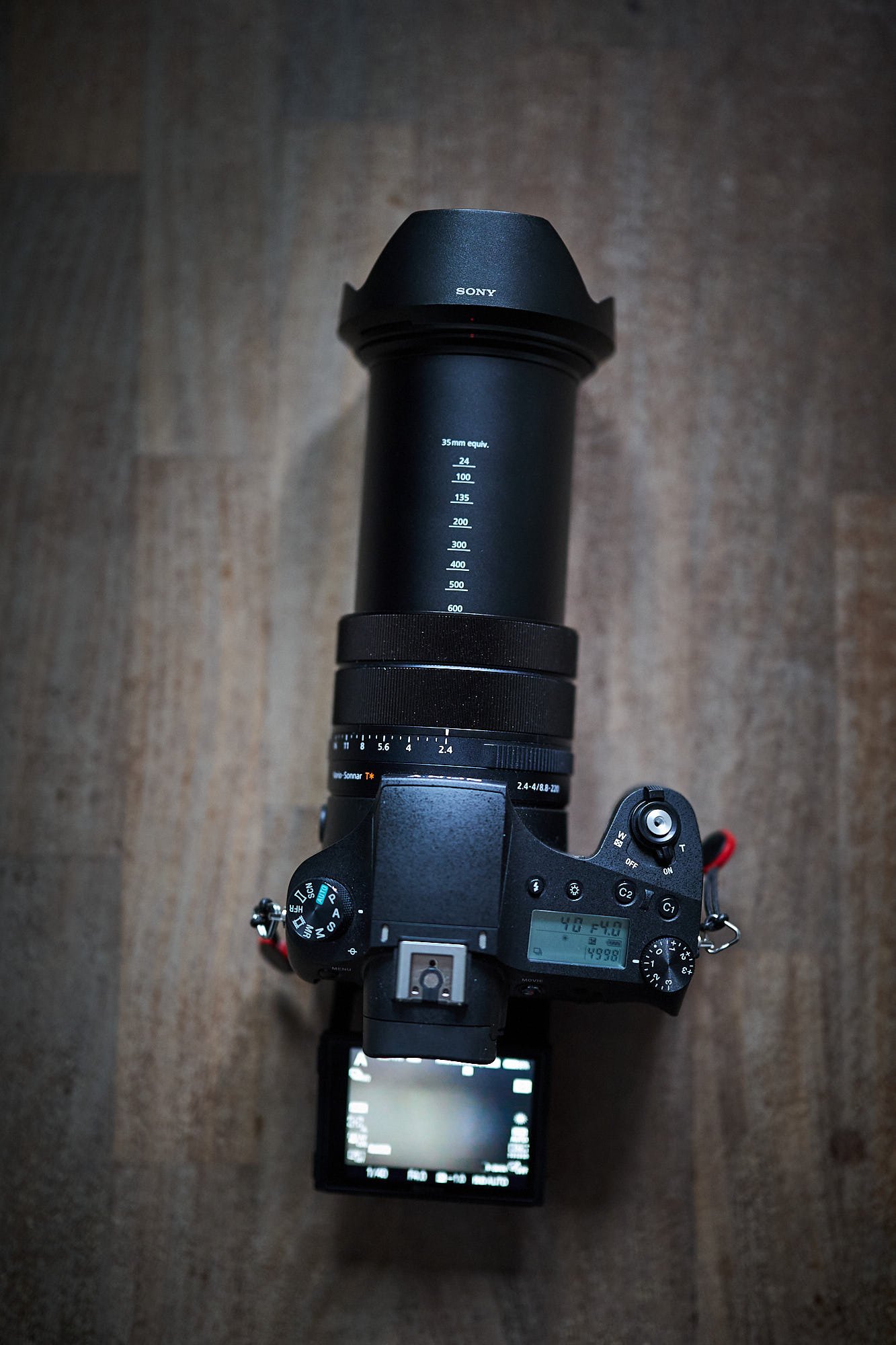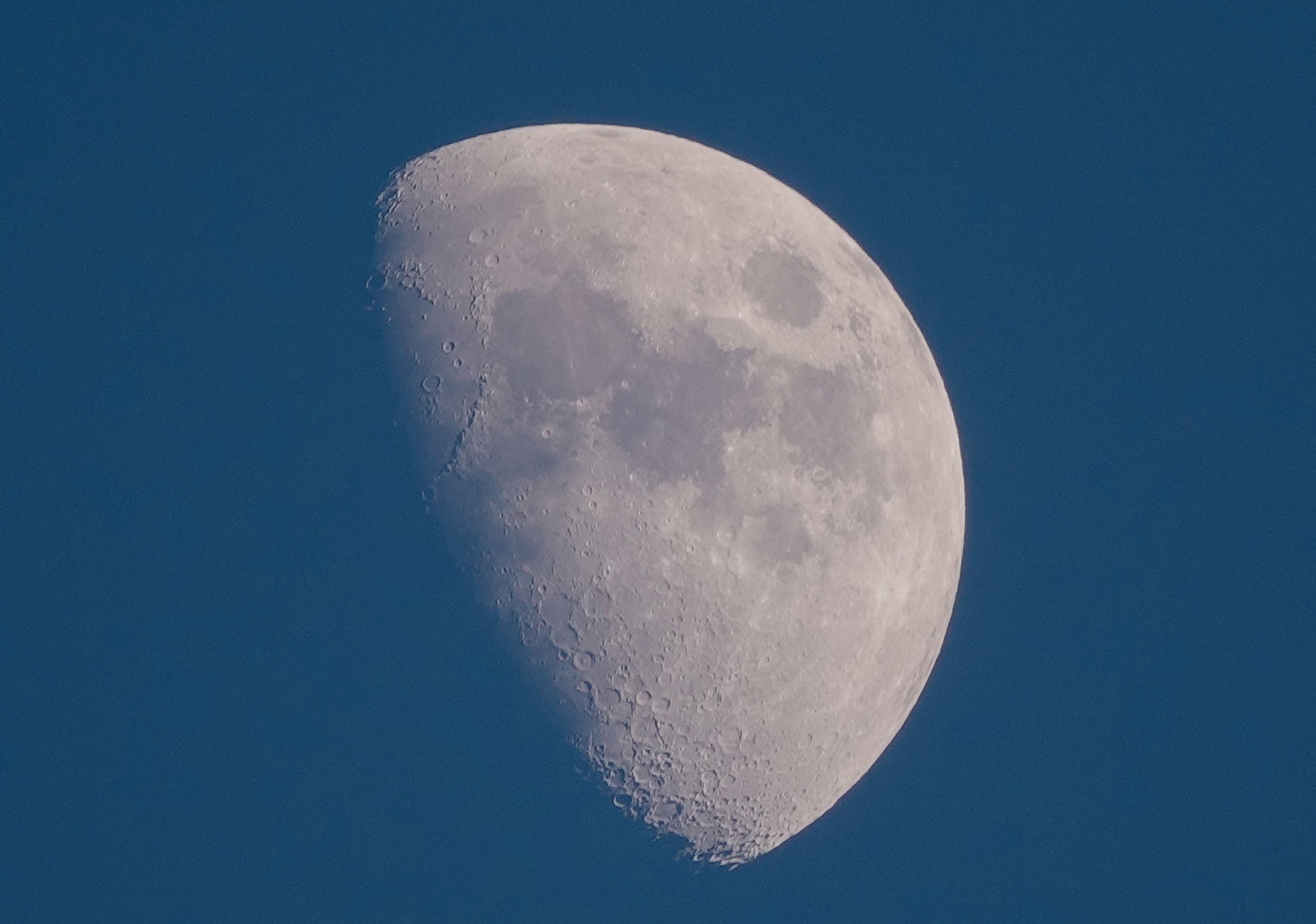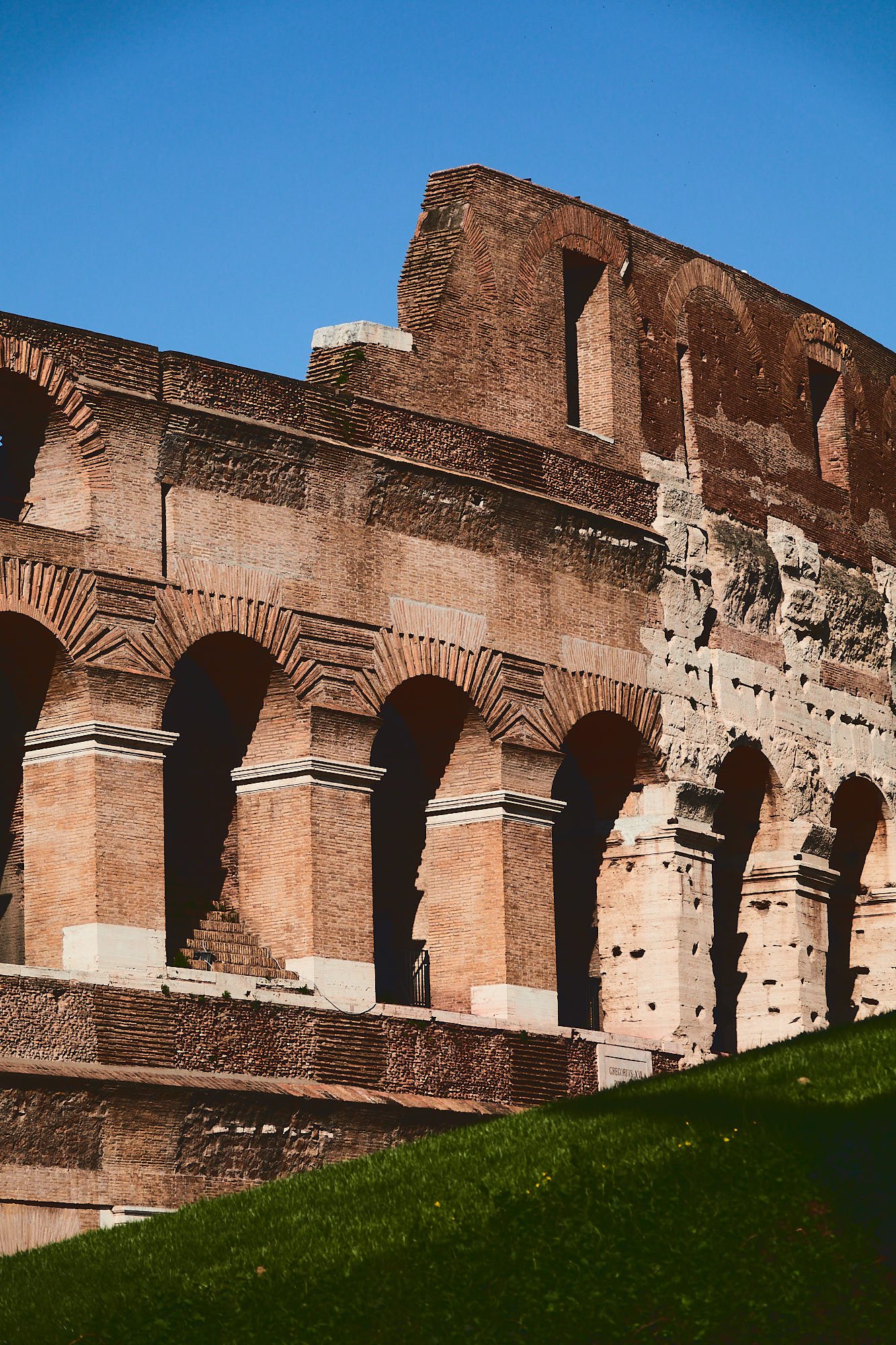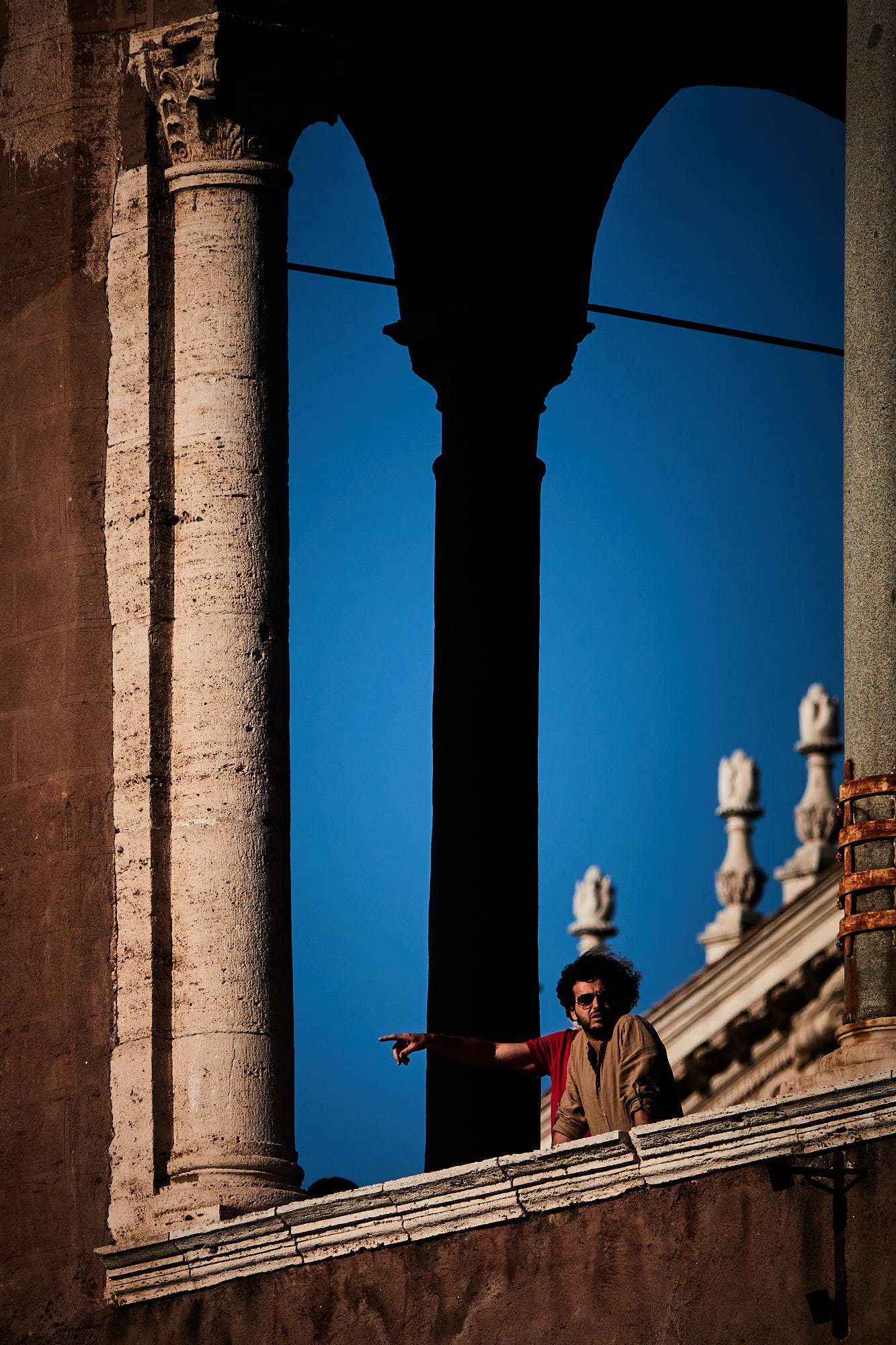Sony Rx10 Mark IV. The last of its kind. My Real World Review.
Sony RX 10 IV. My Real World Review.
Sony Rx10 Mark 4
The last of its kind
The last of the bridge cameras. Once an extremely crowded market segment, today there are only a few machines left in the entire market. Yet in this latest iteration, Sony has really put everything it could into it. Make no mistake, it is a machine that has been around for a few years, having been introduced in September 2017, but it remains extraordinarily current.
A camera body large enough to be comfortable, yet comfortable enough to be used daily. The upper display is very convenient and the adjustable monitor, albeit in only one direction, is also appreciated."
A one-inch sensor. Complete with Stacked technology, like on the A9 mark 1.
A high-quality 24-600mm f2.4-4 lens
With the optional digital zoom, you can even reach the equivalent of 1200mm.
Stabilized, weather-resistant.
Shoots 4K and also has excellent slow-motion options.
With a truly noteworthy macro function.
Look at the numerous buttons on the top cover. Including two customizable buttons (C1 and C2), which, together with others on the back of the camera and one additional button on the lens barrel, allow you to personalize the commands as you wish. Unfortunately, it is an operation that requires a minimum of time and experience.
The zoom brought to its maximum excursion: an impressive equivalence of a 600mm f4
Sony Rx10 mark 4. Notice the remarkable brightness of the zoom.
Build, ergonomics, and controls.
The fairly large camera body allows for many physical controls to be available.
The aperture ring directly on the lens and a second ring conveniently under the thumb of the right hand (on the back of the camera) allow for quick control of apertures and shutter speeds. A series of customizable buttons allow you to build the camera to your own needs.
Unfortunately, menus remain Sony's eternal nightmare. These are also from the previous generation of cameras. In addition to the incredible number of pages and sub-pages, translation errors, and unnecessary complexity, it should be noted that there is a lack of a division, upstream, between the photographic and video departments. This would have simplified things a lot.
High-quality, premium construction. Good finishings. Although for €1700, a little more attention to detail would not have gone amiss.
Stacked sensor, autofocus, and light meter.
Here lies the secret of this superb camera. These are the elements that had never been seen on a luxury compact camera with such an extensive zoom. The readout time of the stacked sensor (i.e., the time it takes to transfer data collected by the sensor to the buffer and image processor) is impressive, allowing you to always shoot with the electronic shutter without encountering problems of flickering or subject distortion in fast motion. The electronic shutter, by the way, reaches up to 1/32,000 of a second.
All this speed has direct consequences on autofocus and the viewfinder, which allows you to follow the subject in motion without any blackout even during bursts of up to 24 frames per second. Without emitting any noise... Beware that 128GB of SD card (I strongly recommend an ultra-fast card) can be filled quickly... very quickly...
In short, one of the very few stacked sensors on the market... and all the benefits can be seen. The light meter is always very accurate, with the added bonus of extremely accurate high-light measurement. Excellent autofocus, especially in continuous mode. It boasts a consistency and precision very similar to that of the first generation of Sony A9.
"Sony RX10 Mark 4. The continuous autofocus is perfectly comparable to that of the Sony A9 Mark 1. Which is a huge compliment
"The lens. The 24-600mm Zeiss lens of the Sony Rx10 Mark 4.
The 24-600mm f2.4-4.
I wouldn't have expected a lens of this level. A 25x zoom, which goes from a rather wide-angle to telephoto values that are typical of hunting photography, even though it is facilitated by the fact of working on a 1" sensor, is of enormous complexity. Further aggravated by having to manage the optical stabilizer as well. And further complicated by a rather advanced macro function. And yet, the lens is remarkable. Sharp from corner to corner at any focal length and any aperture. Simply incredible. This is the main element of an image quality that has deeply impressed me. Also noteworthy are its remarkable macro capabilities.
The moon photographed at 1200mm equivalent with the Sony Rx10 Mark 4
In the field. The impossible made possible. Image quality.
It simply has no rivals. If you want a portable, compact, and relatively lightweight camera, that can be used almost every day, with a similar focal range, you won't find anything like it in terms of image quality, speed, autofocus, and performance. Personally, I bought it for a very specific reason: to be able to play with unique perspectives in the city, using an extremely wide zoom, when the opportunity arises. But also to take advantage of an extensive zoom in leisure situations or while traveling.
Colosseo, Roma
All of this with an absolutely incredible image quality considering how many things this bridge camera is capable of doing. Of course, in backlight situations, you need to pay attention, you cannot expect to find the same performance as a 100-400 Sony, for example, a lens that I have tested extensively and know quite well. But considering the complete package, I find the image quality even superb.
The biggest limitation is when you go up with the ISO. The real usable limits are 6400 ISO during the day and 1600 ISO, in extreme cases 3200 ISO in full night.
If you think that 19 years ago, at the same price, a Nikon D70 with an APS-C sensor (which was much larger, about 4 times larger) stopped at 1600 ISO... and only had 6 megapixels... the electronics have come a long way.
"Speed, compactness, versatility, extreme focal length. All in a discreet camera that will allow you to always shoot without any shutter noise. All it asks of you is to have patience in studying the most absurd menus in the world. It is absolutely worth it.
Real Time Tracking, which is nothing more than a function of the continuous autofocus system capable of recognizing the subject you are framing and always keeping it locked in until you press the shutter button or the dedicated focus button, is extremely effective. It needs to be studied for a moment in its settings but then the ease of use will be exciting. And with an exalting reliability. Not having to think about focusing is truly extraordinary.
This is the crux of this machine: versatility and operational efficiency. The only drawback is having to study it a bit...especially its menus and programmable settings
Playing around 600 mm….
On the road or traveling.
This is the real strength of the camera. I did this review while wandering around my usual Roman streets. The enormous focal range allows me to see angles and cuts that I had never seen before. And yet, I had passed through those streets thousands of times before.
The Sony Rx10 IV is a unique camera, with unparalleled versatility in both photography and video. It takes time to learn how to navigate all the enormous possibilities it offers. The zoom is so extensive that you can really get lost in it. But if you study it, it will reward you with incredible cuts and possibilities. Let yourself go with the possibilities that the Sony Rx10 IV offers you
Advantages & Disadvantages
Advantages
High-quality optics, excellent at any aperture and any focal length between 24 and 600mm. Stacked sensor that allows for a very short readout time. Electronic shutter usable in any situation, which goes up to 1/32,000 of a second and is completely silent. Weather-sealed body. Precise exposure meter. Comfortable grip. Well-designed controls. Excellent image quality relative to the sensor size, aided by a truly impressive lens. More than decent shooting autonomy (about 500 photos per battery). Excellent video quality with very interesting slow-motion options. Impressive burst mode of 24 frames per second. Digital zoom that goes up to a respectable 1200mm equivalent while preserving good quality (JPEG only). Great Superfine JPEG quality. Depth of field that is significantly greater than full-frame format (just over 2.7 stops of advantage, by eye), which allows you to work almost always with very open apertures. Decent file handling at medium and low ISO sensitivities (surprising given the size of the sensor).
Disadvantages
Embarrassing and really incomprehensible menus. The viewfinder is decent but a bit outdated compared to the quality of the camera. Noticeable diffraction from f/5.6 and beyond. Avoid going above f/8 if possible. Usable ISO sensitivity limited to 6400 in daylight, 1600 ISO at night. Slight zoom lag. Insensitive touchpad and questionable touch screen implementation. Unsatisfying JPEGs, of great quality but not very punchy. Needs to shoot in RAW.
Conclusion
This is truly a unique tool. To have something comparable in terms of focal length range, you would need to have a system with interchangeable lenses and carry more lenses with you. Unless you decide to spend a lot more money, costs, and space, it is practically impossible to find a combination that is comparable in terms of image quality, size, weight, and operational speed. The latest of its kind, the latest bridge camera that will probably hit the market is a truly extraordinary machine. It hits the mark. It achieves such a balance that I frankly did not think was possible. A true gem. We will miss it, in a few years. If you can, get one now. I don't think it will be replaced by a new model. The last of its kind, indeed. And for travel, street, and creative photography, it is an invaluable tool.
For training courses, workshops, one-to-one sessions, please feel free to contact me.
I welcome suggestions for future articles and appreciate feedback. The next review will cover the Leica SL system (a little spoiler).
Subscribe to the mailing list to stay up-to-date on articles and news from bho. You can find the link at the bottom of the page.

















